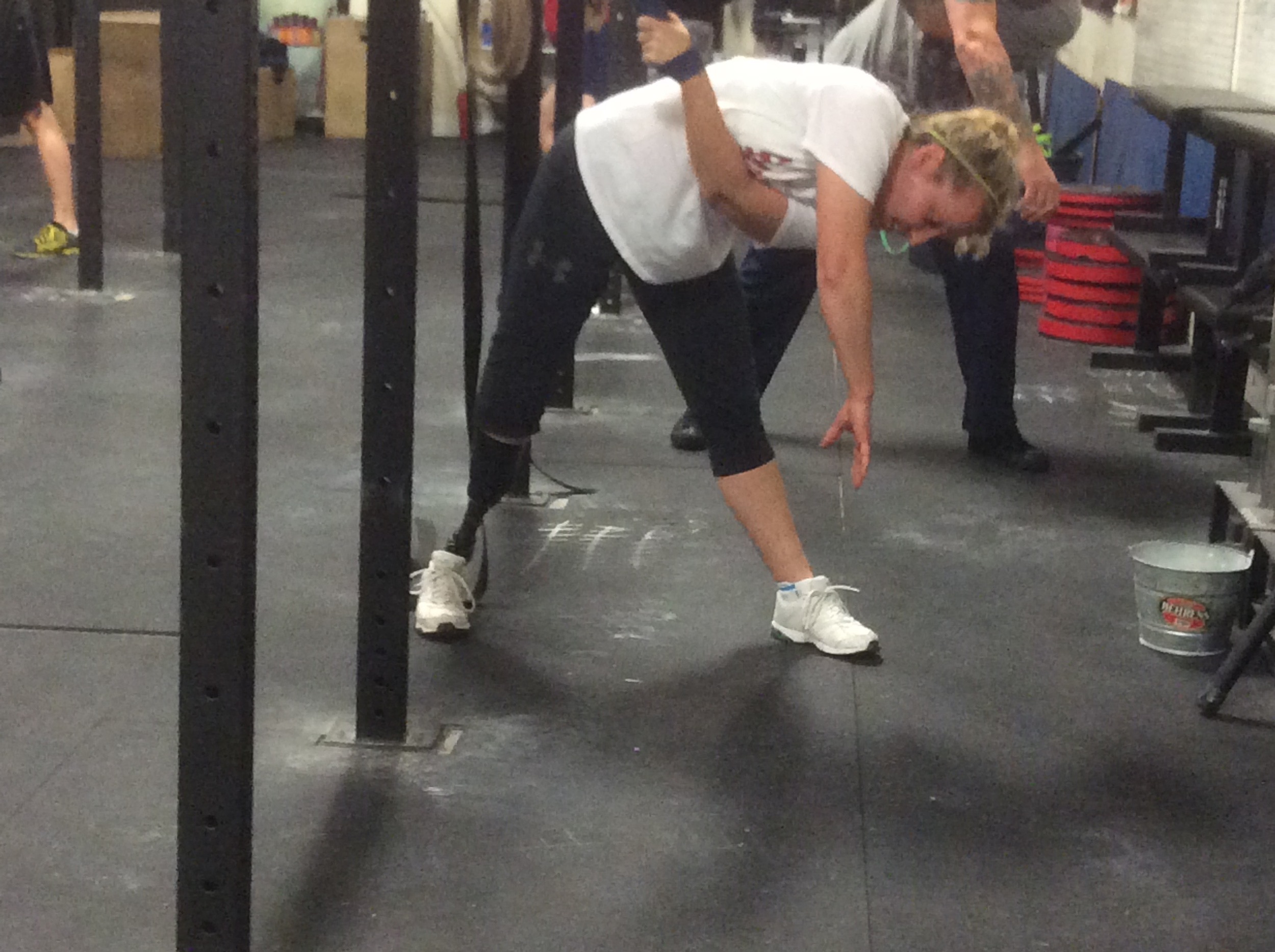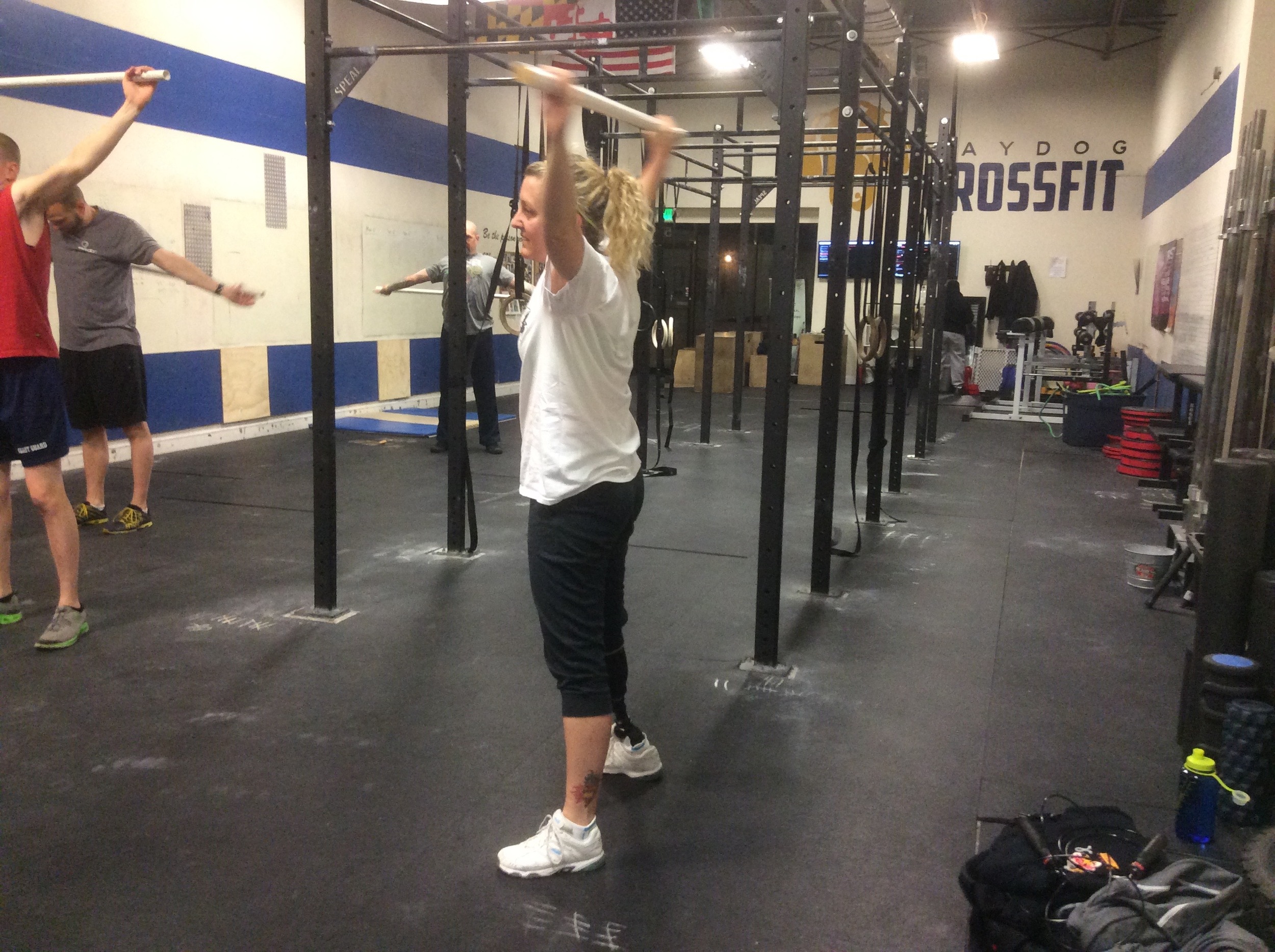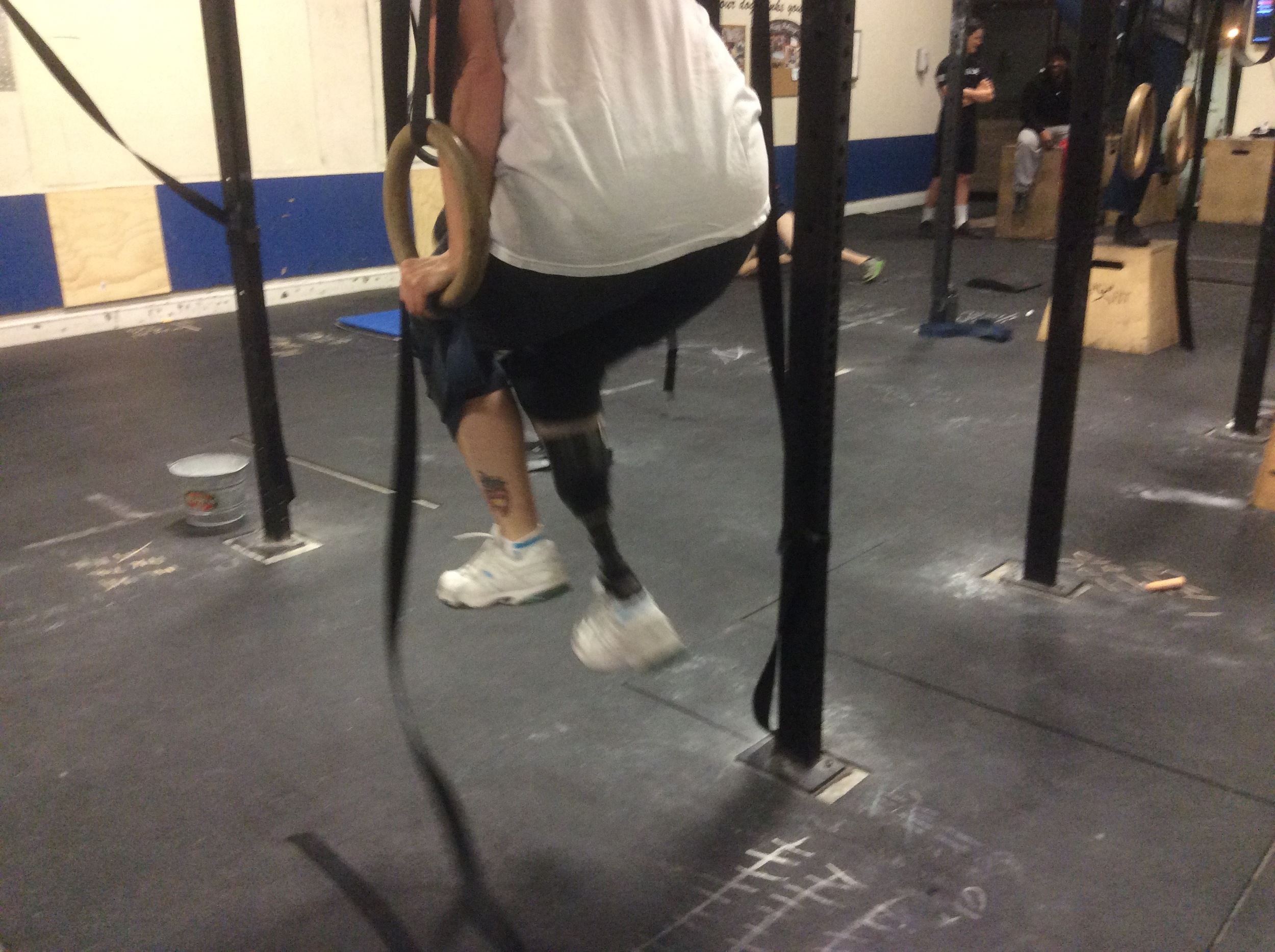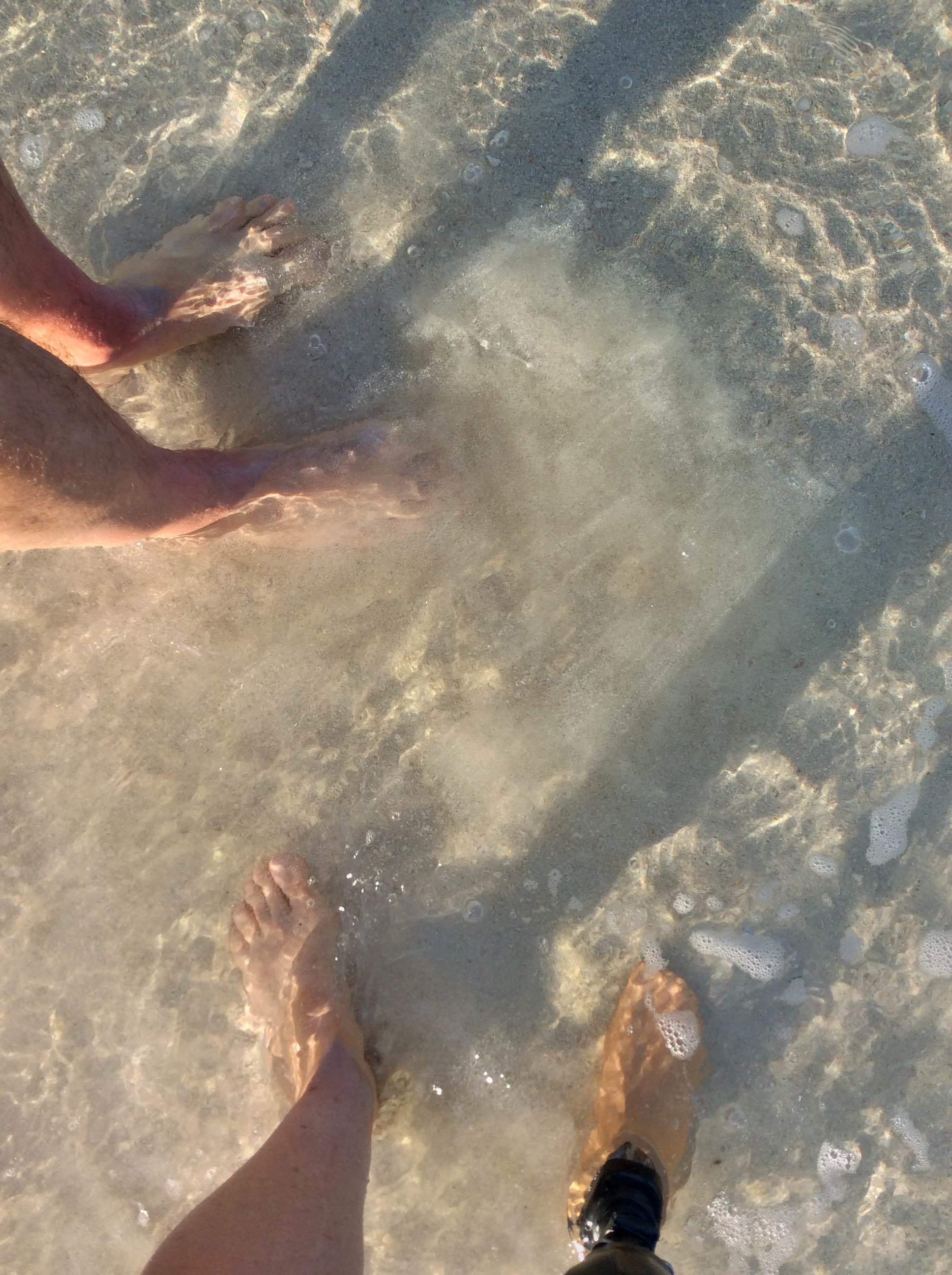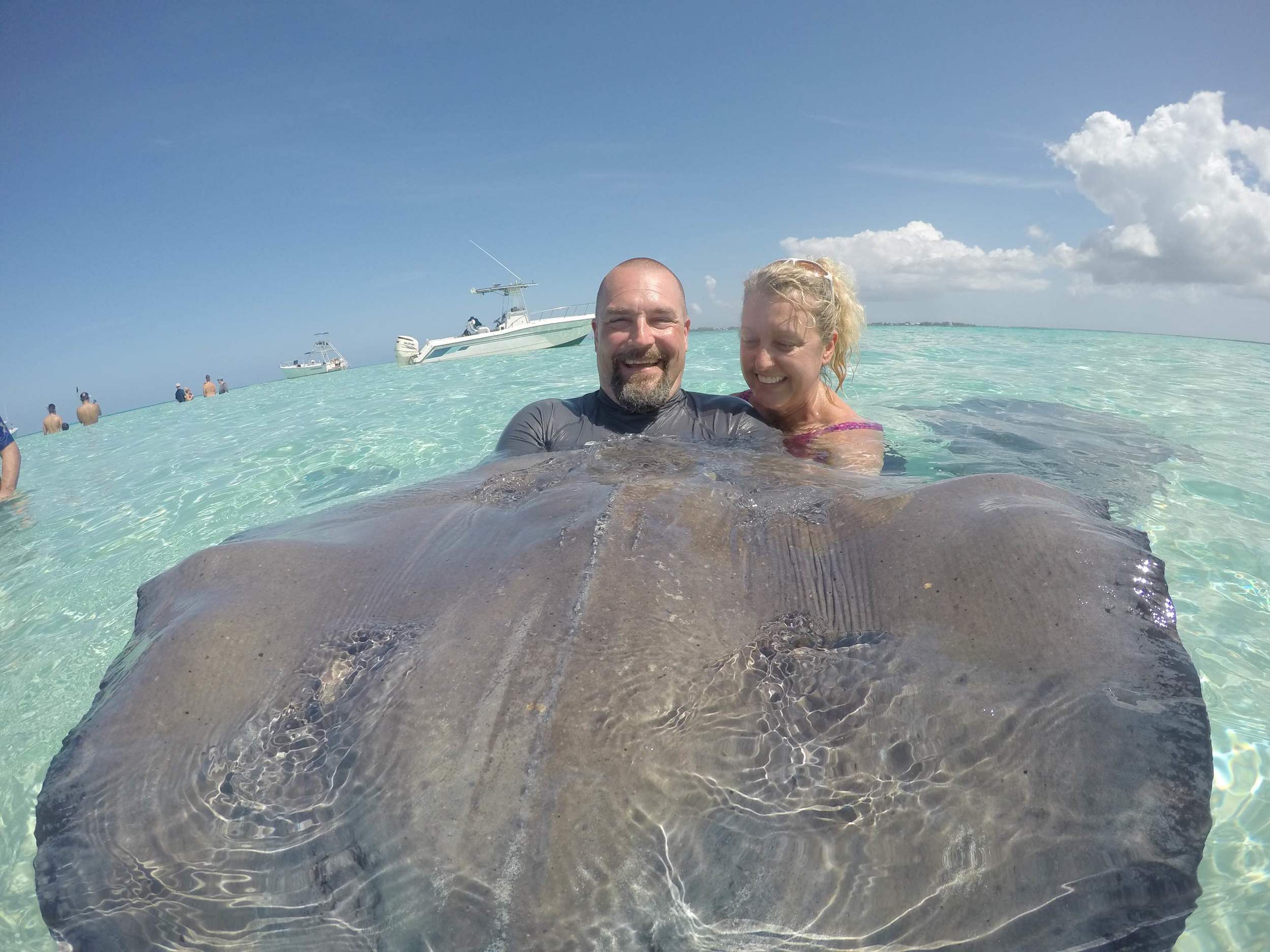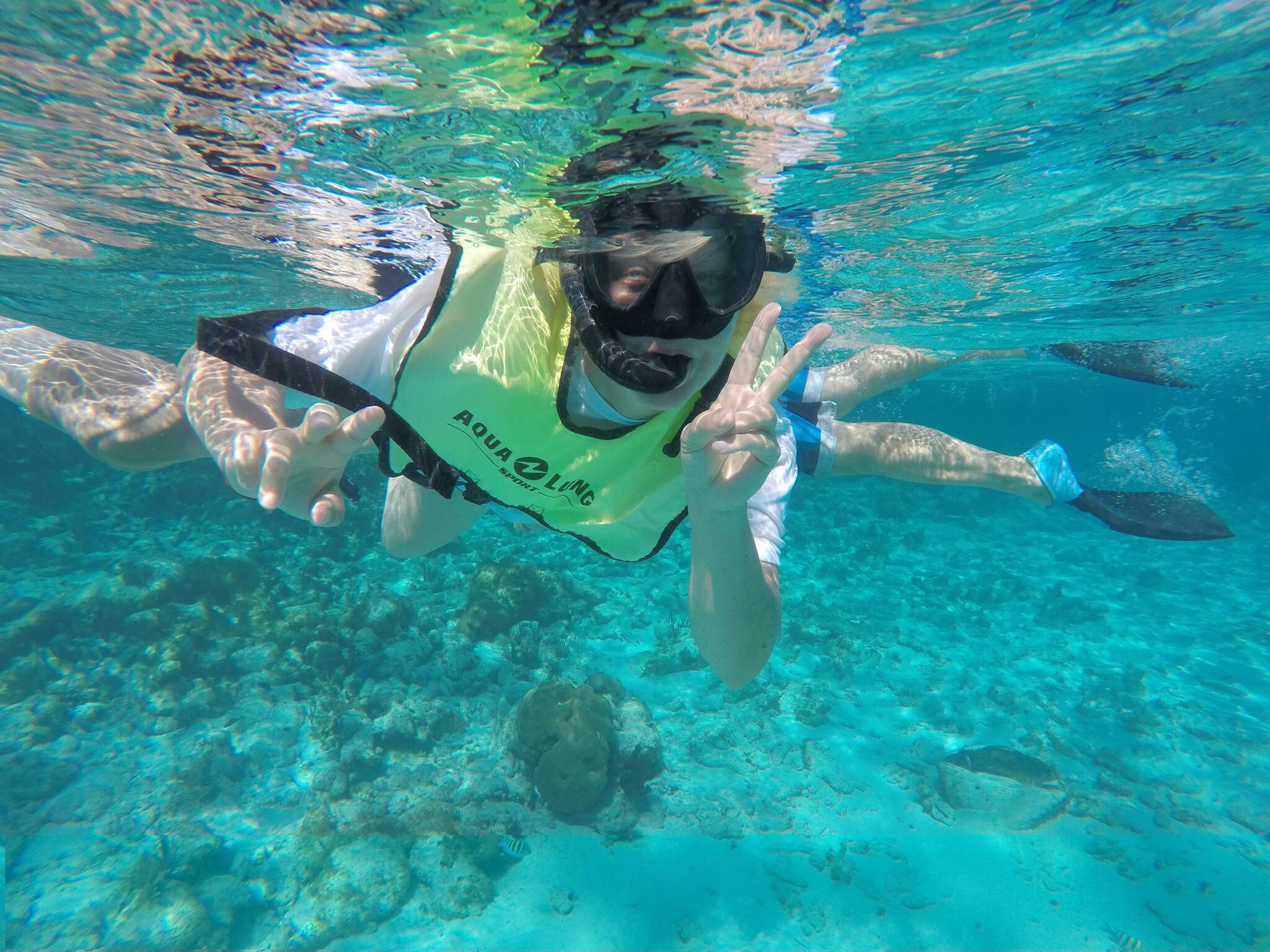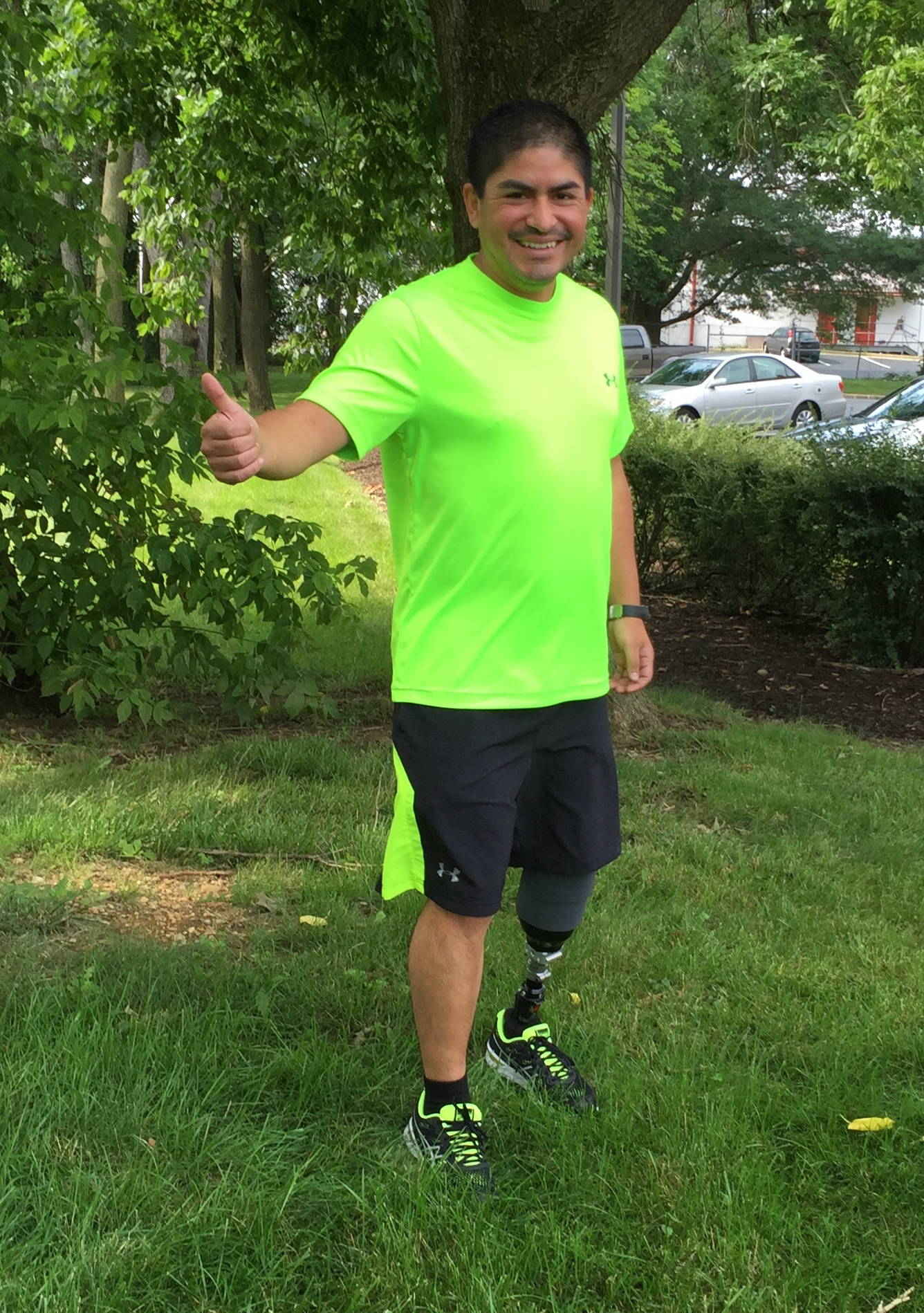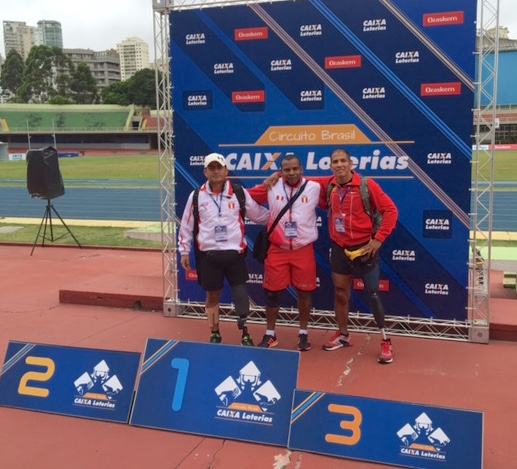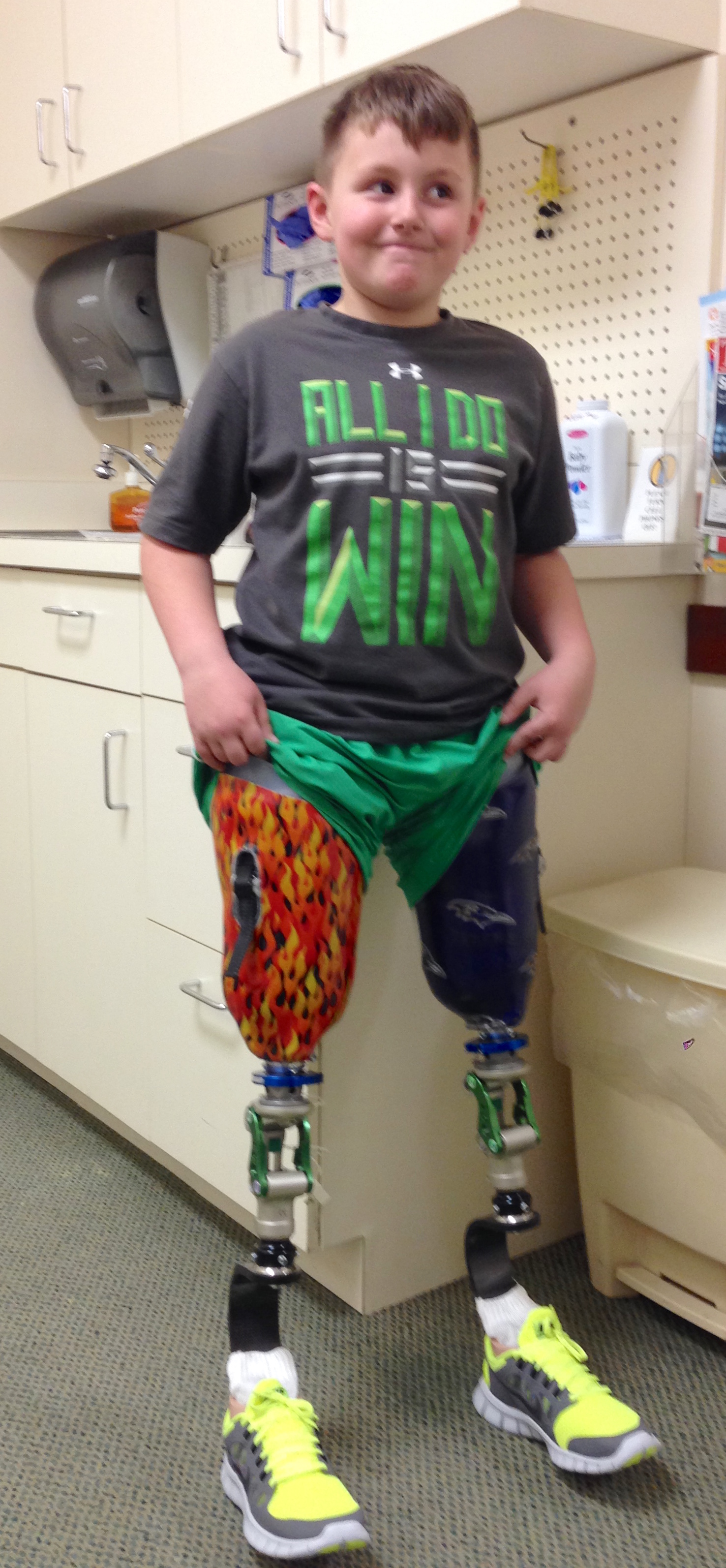Left Turn. Right Turn. About-Turn. Halt.
Military commands? While Donald Greenfield experienced similar commands after enlisting in the Army fifty years ago, in this story, these particular words, accompanied by “Sit”, “Down”, “Stay”, “Stand” and some form of Recall, are more appropriate for competing his dogs in American Kennel Club (AKC) Obedience Trials. These commands form part of a dog’s “basic training”, so to speak – and Donald undertook obedience training his dog Star after an accident left him a below knee amputee twenty years ago. After twenty-six years as a brakeman and conductor for the CSXT railroad, he retired following his accident, but wanted to stay active. His wife Robin suggested that training their Golden Retriever would allow him to do just that in a new way. He thought that would be fun, so Donald signed Star up for a class at Catoctin Kennel Club of Point Of Rocks, MD. She was a natural, and they did very well by earning a Utility Title.
Long before training Star, Donald had been an active sportsman since growing up in Brunswick, Maryland near the Potomac River. This is where he grew to love the outdoors and wildlife and learned to hunt and fish. It wasn’t long after graduating from Brunswick High School that he left the Potomac behind. U.S. involvement in Vietnam had escalated following the 1964 Gulf of Tonkin incident, and in December 1965, Donald enlisted in the U.S. Army. After Paratrooper School at Fort Benning, GA, he was assigned to the 173rd Airborne Brigade in Ben Hoi, Vietnam. November of 1967 saw some of the heaviest fighting in the Central Highlands, about 280 miles north of Saigon near the Cambodian border. He was on Hill 875, Dak To, first serving as a radio operator for the Company Commander. Both sides in this battle sustained heavy casualties, with the 173rd particularly hard hit. After 28 months of service in Vietnam, he is the recipient of two Bronze Stars and a Purple Heart. He was a Sargent E-5 when he left the army.
The railroad and family followed his military service. After his retirement and Star’s success, Robin and Donald brought two Shetland Sheep Dogs (Shelties) into the pack – Chase, a Blue Merle and Lucy Lu, a Bi-black. Robin thought Donald should try his hand at something new - agility training. Agility was originally designed to resemble equestrian jumping sports - to demonstrate dogs' natural speed and agility. Some say that this was a natural extension of military and police dog training – for dogs to make their way through a sort of obstacle course, by running, jumping, climbing and scaling objects. “Sit” and “Stay” commands were expanded by “Jump”, “Tunnel”, “A-Frame”, “Teeter”, “Tire” and “Weave” (among others) – the handler all the while running with the dog around a complicated course. Because of the running, he wasn't sure this was something he could do with his prosthesis. Robin’s good friend Carol Guth at Breakaway Action Dog Club (BAD) in Frederick, MD assured Donald he could do it. Within a few years of beginner’s classes, Chase and Lucy Lu began to earn agility titles. Donald and the dogs were having lots of fun. Donald became a member and eventually an officer of the club. It wasn’t long after that when he became an agility instructor at BAD.
During this time, Mystic joined the family as a rescue dog. Now eighteen, Donald says she is a nice dog who had clearly had some training before they got her and despite being deaf, she doesn’t want to be left out of the action. (She is in the foreground of this picture.) The newest members of the family are two year old River and six month old Breeze - English Cream Golden Retrievers. While their family pedigree includes Master Hunters, Donald does not plan to hunt these two or do fieldwork, as Goldens often do. Instead, he will continue to do agility for fun, and obedience trials – like their predecessor Star. They are very smart and quick to learn, but their training is on a brief hold until Donald gets a new prosthesis. Sadly, Robin and Donald recently said farewell to their Lucy Lu.
Along with all this agility action running about, Donald continues to enjoy hunting and fishing with his son Brian, and grandsons Adam and Joshua. He says, “I thought I was done for after losing my foot in the accident. Thanks to my lovely wife, friends, prosthetists Mark (Hopkins) and Mary (Reedy) at Dankmeyer, I've been able to stay an active person to enjoy life to its fullest.” A number of new awards and ribbons await River and Breeze, and their handler, Donald Greenfield. Today, the only use of “Halt” in this decorated Army veteran’s vocabulary is for his four legged trainees.
“Obedience trials are a sport and all participants should be guided by the principles of good sportsmanship both in and out of the ring. Obedience trials demonstrate the dog’s ability to follow specified routines in the obedience ring and emphasize the usefulness of the dog as a companion to man. All contestants in a class are required to perform the same exercises in substantially the same way so that the relative quality of the various performances may be compared and scored. The basic objective of obedience trials, however, is to recognize dogs that have been trained to behave in the home, in public places and in the presence of other dogs in a manner that will reflect credit on the sport of obedience at all times and under all conditions. The performance of dog and handler in the ring must be accurate and correct according to these regulations. It is also essential that the dog demonstrate willingness and enjoyment while it is working and that a smooth and natural handler be given precedence over a handler moving with military precision and using harsh commands.” From the American Kennel Club Obediance Regulations. For more information about Obedience Trials click here, and Agility Trials, click here.



